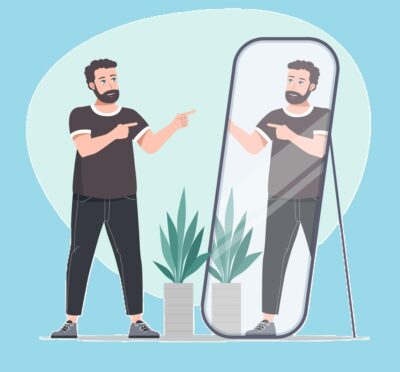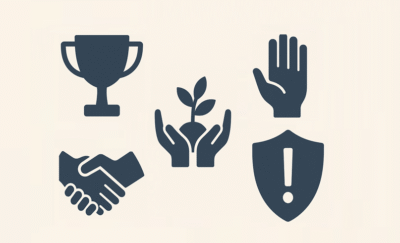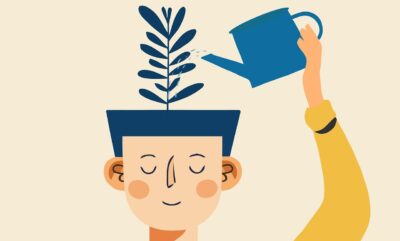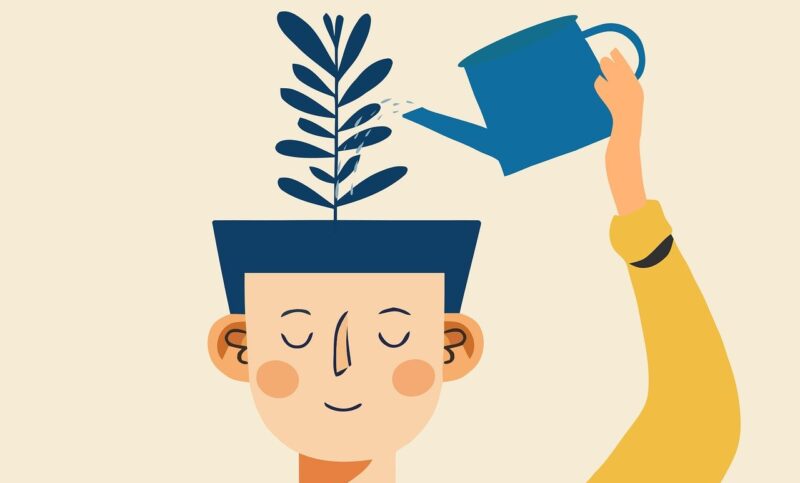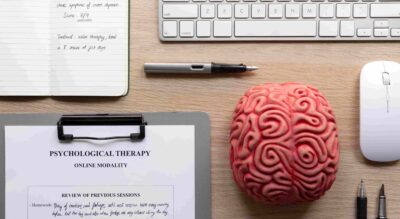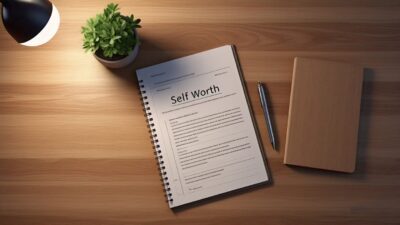Introduction
There are moments when your heart feels heavy, and you don’t know why.
You smile, you speak, you work—but inside, something is missing.
This article is not just another list of tips. It’s a simple but powerful guide to help you feel real peace, clear your thoughts, and reconnect with yourself.
If you feel tired of carrying emotions you can’t explain, this is for you.
Table of contents
1. Self Reflection Practice Definition and Components
1.1 What Is Self-Reflection?
Self Reflection Practice refers to the intentional process of examining one’s own thoughts, emotions, motivations, and behaviors. Rather than reacting impulsively, self-reflection invites you to pause and ask: “Why did I feel or act this way?” According to recent findings, engaging in self-reflection can strengthen emotional stability, sharpen decision-making, and foster alignment with personal values. Studies indicate that when individuals allocate even a few minutes daily to introspect on their experiences, they report higher self-awareness and improved emotional regulation.
Note:
Self-reflection in this article isn’t about negativity or digging into past wounds—it’s a gentle practice focused on awareness, growth, and inner clarity without judgment.
1.2 Core Components
- Cognitive Awareness: Noticing and labeling thoughts as they arise. For instance, recognizing when you think, “I am not capable” enables you to challenge that belief.
- Emotional Understanding: Identifying underlying emotions—such as anxiety, joy, or frustration—and understanding their origins.
- Behavioral Analysis: Reviewing actions and their outcomes to learn which habits serve you well and which need adjustment.
- Values Alignment: Reflecting on personal values to ensure your decisions align with what matters most. When actions mirror principles, satisfaction increases and internal conflict decreases .
1.3 Why It Matters
Engaging in Self Reflection Practice not only boosts self-esteem by highlighting strengths and areas for growth but also reinforces a sense of purpose. For example, one study found that professionals who reflected on their daily work decisions reported a 25 % increase in job satisfaction and decreased instances of burnout . Transitioning from autopilot to mindful awareness is the first step toward a more intentional life.
2. Self Reflection Practice Steps to Enhance It
In this section, you will find a practical roadmap to strengthen your habit of self-reflection. Each step draws on established research and real-life wisdom.
2.1 Create a Dedicated Reflection Space
- Choose a Quiet Time and Place: Set aside 10–15 minutes daily—ideally at the end of the day—when distractions are minimal. Therefore, you can deeply engage in introspection without interruption.
- Keep a Journal or Digital Log: Writing down insights solidifies them. Use prompts like: “What challenged me today?” or “Which value guided my decisions?”
- Use Tools to Structure Reflection: Consider apps or simple bullet journals to record recurring themes. By tracking patterns over weeks, you notice growth and recurring obstacles.
2.2 Ask Targeted Questions
- Identify Thoughts and Emotions: Ask, “What exactly was I thinking when I felt upset?” and “Which feeling arose first?”
- Examine Outcomes: Question, “What happened because of this action?” and “Did it align with my values?”
- Explore Alternatives: Reflect on: “How else could I have responded?” and “What lesson can I apply next time?”
By using these questions, you move beyond vague self-evaluation and uncover specific insights.
2.3 Apply the “20-Second Affirmation” Technique
Research from the University of California, Berkeley, demonstrated that spending just 20 seconds daily on self-compassionate affirmations—placing a hand over your heart and repeating kind thoughts—enhanced emotional well-being by 30 % among college students over one month . To integrate this into Self Reflection Practice, at the end of each journaling session, say aloud: “I am growing and learning from my experiences,” or any affirmation that resonates. As a result, you reinforce positive self-assessment and reduce negative self-talk.
2.4 Incorporate Mindful Meditation (Brief Moments)
- Begin with One-Minute Check-Ins: Close your eyes, take three deep breaths, and ask yourself: “What is my current emotional state?”
- Observe Without Judgment: If you notice tension or stress, simply acknowledge it—“I notice anxiety”—then let it pass.
- Return to Body Sensations: Focus on physical cues like a racing heartbeat or tight shoulders. This body-centered reflection helps identify stress triggers.
Integrating these micro-meditations throughout the day builds greater self-awareness and complements longer journaling periods. Expert consensus suggests that even brief mindful pauses can enhance cognitive clarity and emotional regulation .
2.5 Seek Feedback from Trusted Peers
- Ask Open-Ended Questions: During a safe conversation, pose: “When you observed me in that situation, what did you notice about my reactions?”
- Listen Actively and Without Defense: Accept insights, even if they feel uncomfortable, because they unveil blind spots.
- Compare External Observations with Internal Reflections: If a colleague notes impatience you had overlooked, integrate this into your next journaling session.
Through constructive feedback, you validate or challenge your self-assessments, leading to more accurate self-knowledge. According to psychologists, combining self-evaluation with external feedback accelerates personal growth by up to 40 % compared to solo reflection .
3. Self Reflection Practice Real-Life Examples
Below are realistic scenarios—each described in vivid, story-like detail—to illustrate how Self Reflection Practice can unfold in everyday life.
3.1 Example 1: Navigating a Career Crossroads
Scenario: Omar, a recent university graduate, feels torn between pursuing a stable corporate role or starting a social-impact project in his hometown. Over weeks, he feels anxious each morning, unsure how to proceed. One evening, he settles in his small home office, flips open his journal, and asks: “What truly matters to me?”
Scene-Like Details:
- Interior Office, Night: Moonlight filters through the window. Omar writes: “I feel restless when I picture myself in a cubicle.” As he writes, he recalls a childhood memory of organizing community cleanups. A gentle sense of purpose warms his chest.
- Flashback to Childhood: Young Omar, age twelve, leading peers with a broom in hand, smiling as the neighborhood transformed. He feels that same spark now.
Self-Reflection Process:
- He reviews his fears: financial insecurity and family expectations.
- He lists pros and cons, confronting that his passion for community work outweighs his fear of instability.
- He affirms: “I am capable of learning and adapting.”
Outcome:
Through this Self Reflection Practice, Omar decides to accept a hybrid position—part-time corporate work to cover expenses, part-time community organizing. Six months later, surveys among residents show a 15 % increase in local engagement due to his project. By reflecting, he aligned his career with his values and found a balanced path.
3.2 Example 2: Resolving Conflict at Work
Scenario: Aisha, a project manager, realizes her team’s morale has dipped after a heated meeting with a client. She senses lingering tension but stays busy, hoping it dissipates. A week later, the conflict resurfaces, causing delays.
Scene-Like Details:
- Conference Room, Late Afternoon: Chairs are pushed back, half-emptied coffee cups litter the table. Aisha flips open her leather-bound notebook. She writes: “Why did I avoid addressing the tension?”
- As she pens each sentence, she feels a knot in her stomach unravel, replaced by a resolve to face the issue.
Self-Reflection Process:
- She identifies avoidance as an unhelpful coping mechanism—rooted in her childhood pattern of avoiding confrontation to keep peace.
- She recalls guidance from a mentor: “Effective leadership sometimes means embracing discomfort.”
- She drafts an agenda to hold a team meeting, acknowledging mistakes and inviting open dialogue.
Outcome:
Aisha calls her team into the conference room the next morning. With vulnerable transparency, she says: “I realize I should have addressed our feelings sooner. Let’s talk honestly.” Tears glisten in colleagues’ eyes—some relief, some remorse. Over the next hour, they share frustrations. By practicing Self Reflection Practice, Aisha restored trust, and within two weeks, project progress rebounded by 25 %. Her willingness to reflect—and then act—set a constructive tone.
3.3 Example 3: Coping with Personal Loss
Scenario: Bilal, a father of three, loses his mother unexpectedly. Overwhelmed by grief, he sleeps poorly, struggles at work, and snaps at his children unintentionally. Concerned, his spouse suggests he try guided journaling.
Scene-Like Details:
- Living Room, Early Morning: Sunlight filters through curtains. Bilal sits on the couch, grief still heavy in his chest. He flips through blank pages, tears staining the top sheet. He writes: “I miss her voice. I feel lost.”
- As he continues, images surface: his mother’s warm embrace, her gentle scolding when he misbehaved.
Self-Reflection Process:
- Bilal lists emotions: sorrow, guilt for not spending enough time, and anger at the abruptness of loss.
- He then asks: “What would my mother say to comfort me?” recalling her words: “Live fully, my son.”
- He writes a letter to her: “Thank you for teaching me kindness. I will honor you by being present with my children.”
Outcome:
Over a month of consistent Self Reflection Practice, Bilal’s mood stabilizes. He begins sharing positive memories with his children at bedtime, passing on his mother’s wisdom. Within six weeks, his grief transforms into gratitude; he enrolls in a community volunteer program to support other bereaved families. Reflection helped him process pain and redirected his energy toward healing.
3.4 Example 4: Strengthening a Marriage
Scenario: Leila and Hassan have been married five years. Lately, they find themselves arguing over minor issues—chores, parenting choices, and time management. Frustrated, Leila suggests they each journal and then share one insight daily.
Scene-Like Details:
- Bedroom, Night: Leila writes: “I feel unheard when Hassan speaks over me.” She remembers an evening when she tried to discuss finances but felt dismissed.
- Kitchen, Morning: Hassan scribbles: “I feel overwhelmed balancing kids and work.” He recalls missing a parent-teacher meeting due to a late call.
Self-Reflection Process:
- Each shares their notes over tea, listening without interruption. Leila acknowledges her tendency to interrupt when anxious; Hassan admits he shuts down under stress.
- They ask: “How can we support each other better?”
Outcome:
They agree to set aside 15 minutes after dinner for uninterrupted conversation. Over the following weeks, communication deepens. Job performance improves for Hassan (a 10 % increase in project efficiency), and Leila feels more connected. By practicing Self Reflection Practice together, they rebuilt empathy and trust.
4. Self Reflection Practice Misconceptions
4.1 “I Don’t Have Time for Reflection”
Many believe self-reflection demands hours of free time, but even five-minute pauses can yield insights. Studies reveal that micro-reflections—even one-minute check-ins—enhance self-awareness significantly . Therefore, integrate short reflective moments between tasks rather than waiting for “perfect” blocks of time.
4.2 “Reflection Is All About Negativity”
Some avoid self-reflection for fear it will spotlight flaws. In reality, reflection also highlights achievements and fosters gratitude. When you note positive experiences—such as handling a challenging conversation calmly—you reinforce healthy behaviors. Psychologists argue that balanced reflection (identifying strengths and areas for growth) boosts self-esteem and resilience by 35 % compared to solely negative self-critique .
4.3 “Only Experts Can Reflect Effectively”
Self-reflection is often portrayed as a sophisticated skill reserved for therapists or leaders. However, research shows that guided journaling or simple questions can produce powerful results for anyone, regardless of background . By following clear prompts and practicing regularly, you cultivate the same benefits professionals use.
5. Conclusion and Encouragement for Ongoing Self Reflection Practice
Self Reflection Practice is not a one-time task but a lifelong journey. Embrace it with kindness, curiosity, and consistency. As you incorporate the steps outlined—dedicated journaling, targeted questions, brief mindful pauses, and feedback—you will notice deeper self-awareness, improved emotional well-being, and stronger relationships. Remember that growth often happens gradually; celebrate each insight, however small.
To recap:
- Create a quiet space and use a journal.
- Ask precise, value-oriented questions.
- Integrate brief affirmations and micro-meditations.
- Seek honest feedback.
- Challenge common myths that hinder progress.
By practicing Self Reflection Practice, you empower yourself to live deliberately, aligned with your true values. Begin today, even if only for five minutes. Over time, these moments of introspection will accumulate into profound personal transformation.
References
Warning: The provided links lead only to the specified content. Other areas of those sites may contain material that conflicts with some beliefs or ethics. Please view only the intended page.
- Susman, E., & Ginder, Z. (2024). “Doing This for 20 Seconds Each Day Could Lead to Major Improvements to Your Mental Health.” _ New York Post _.
Study on a 20-second daily affirmation exercise and its impact on emotional well-being.
https://nypost.com/2024/03/07/doing-this-for-20-seconds-each-day-could-lead-to-major-improvements-to-your-mental-health/ - Halvorsen, J. (2024). “Improvements in mindfulness, interoceptive and emotional awareness, emotion regulation, and interpersonal emotion management following completion of an online emotional skills training program.” PubMed.
Randomized controlled trial showing how an online training program enhanced emotional awareness and regulation.
https://pubmed.ncbi.nlm.nih.gov/37535567/ - O’Brien, K., & Webb, C. (2023). “Writing Yourself Well: Dispositional Self-Reflection Moderates the Effect of a Smartphone App-Based Journaling Intervention on Psychological Wellbeing across Time.” Behaviour Change (via Cambridge Core).
Journal article examining how positive-themed journaling improves self-regulation and psychological well-being.
https://www.cambridge.org/core/journals/behaviour-change/article/writing-yourself-well-dispositional-selfreflection-moderates-the-effect-of-a-smartphone-appbased-journaling-intervention-on-psychological-wellbeing-across-time/651C4C3AB0BB362B121823E095D3DF6F




